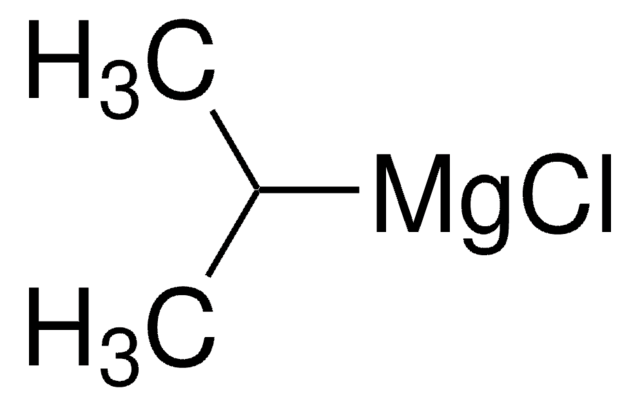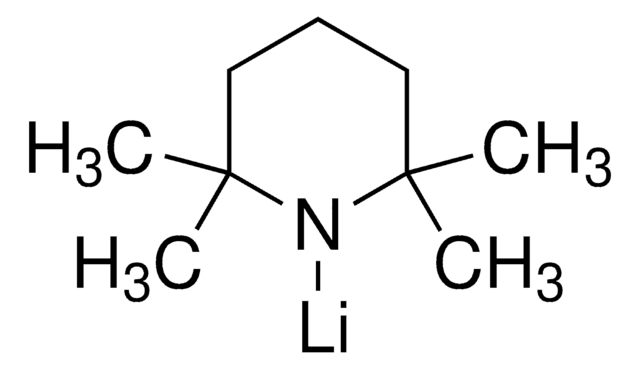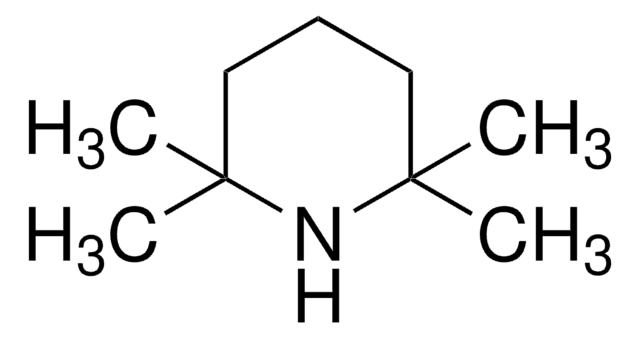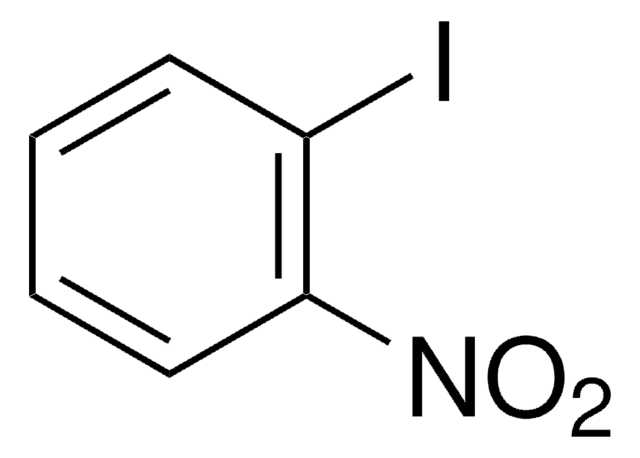Wichtige Dokumente
697257
Kupfer(I)-cyanid-di(lithiumchlorid)-Komplex
in anhydrous tetrahydrofuran
Synonym(e):
Copper(I) cyanide di(lithium chloride)
About This Item
Empfohlene Produkte
Form
liquid
Qualitätsniveau
Eignung der Reaktion
core: copper
reagent type: catalyst
Konzentration
in anhydrous tetrahydrofuran
Dichte
0.999 g/mL at 25 °C
SMILES String
[Li]Cl.[Li]Cl.[Cu]C#N
InChI
1S/CN.2ClH.Cu.2Li/c1-2;;;;;/h;2*1H;;;/q;;;;2*+1/p-2
InChIKey
QGXKBLXNBYNHBV-UHFFFAOYSA-L
Verwandte Kategorien
Anwendung
Signalwort
Danger
Gefahreneinstufungen
Acute Tox. 1 Dermal - Acute Tox. 2 Inhalation - Acute Tox. 2 Oral - Aquatic Acute 1 - Aquatic Chronic 1 - Carc. 2 - Eye Irrit. 2 - Flam. Liq. 2 - Skin Irrit. 2 - STOT SE 3
Zielorgane
Central nervous system, Respiratory system
Zusätzliche Gefahrenhinweise
Lagerklassenschlüssel
3 - Flammable liquids
WGK
WGK 2
Flammpunkt (°F)
1.4 °F - closed cup - Solvent
Flammpunkt (°C)
-17 °C - closed cup - Solvent
Persönliche Schutzausrüstung
Eyeshields, Faceshields, Gloves, type ABEK (EN14387) respirator filter
Hier finden Sie alle aktuellen Versionen:
Besitzen Sie dieses Produkt bereits?
In der Dokumentenbibliothek finden Sie die Dokumentation zu den Produkten, die Sie kürzlich erworben haben.
Kunden haben sich ebenfalls angesehen
Global Trade Item Number
| SKU | GTIN |
|---|---|
| 697257-50ML | 4061832786315 |
Unser Team von Wissenschaftlern verfügt über Erfahrung in allen Forschungsbereichen einschließlich Life Science, Materialwissenschaften, chemischer Synthese, Chromatographie, Analytik und vielen mehr..
Setzen Sie sich mit dem technischen Dienst in Verbindung.














